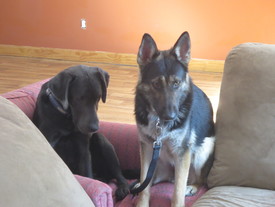
Well most of the time the owners think they are going onto the dark side, which includes the methods of flooding, kicking, hanging, yelling at, or hitting your dogs. However, I have personally never met a dog trainer or dog training school that uses these "methods" of dog training. I hear it in the trembling voice on the other end of the phone. Imagine their surprise when they hear or see my methods. That is, if they get that far in the first place.
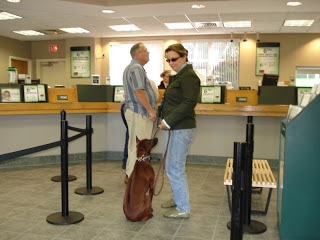
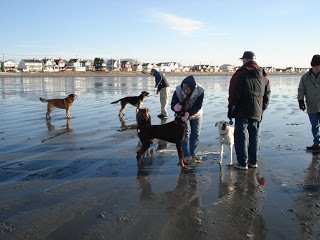

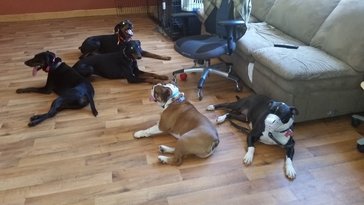
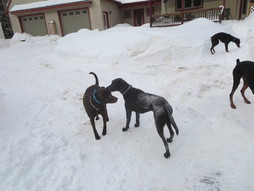
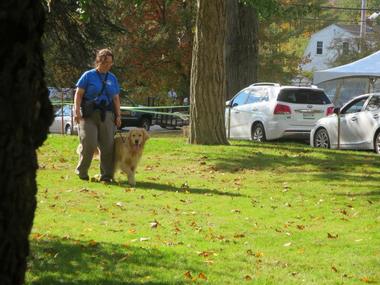
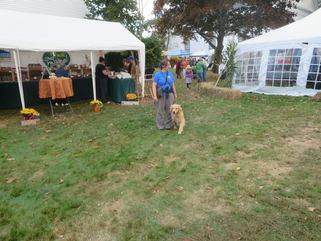
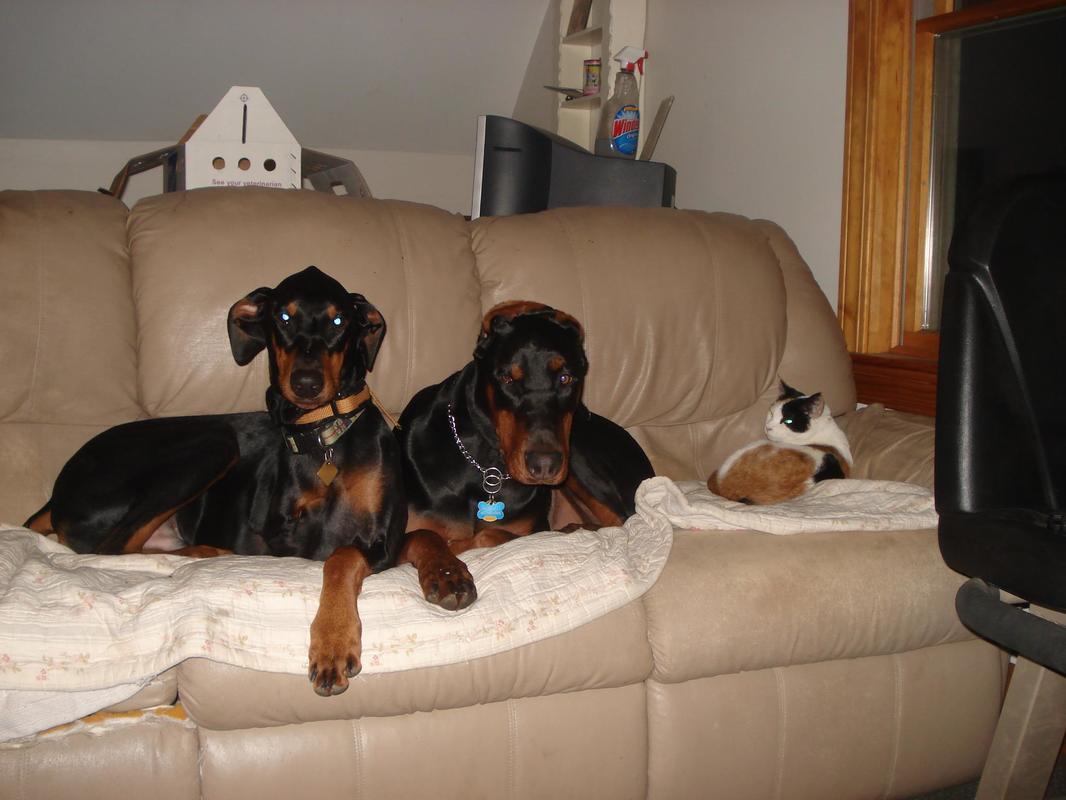
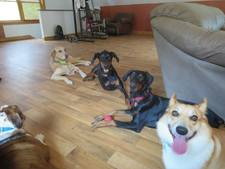
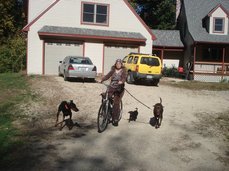
 RSS Feed
RSS Feed